(QNO) – After 2 months of surveying and measuring the current status of towers E, F and A' My Son, experts from the Archaeological Survey of India (ASI) have basically completed many work items, ready for restoration work in 2024.

Previously, at the end of November 2023, Indian experts conducted a field survey of the current status of the E, F and A' My Son tower groups (Duy Phu commune, Duy Xuyen) to collect necessary data to plan the conservation and restoration of these three tower groups.
After 2 months of implementation, experts have recorded, measured, taken photos, filmed with flycam, 3D scanned... as well as used a number of new, modern technological means to help collect accurate information and data, ensuring the highest efficiency, as an initial basis for restoration work in the following years.
According to Indian experts, most of the remaining structures of the three groups of towers E, F, A' are in ruins and badly damaged. Typically, tower F1 (dating from the 8th-9th century) has a brick surface that has turned pale yellow and crumbling, with many places showing signs of soil restoration. The corners of the towers have all separated from the architectural block, the brick structure is weak, with many long and deep cracks slanting from the inside out. Many sections of the walls surrounding the two groups of towers E and F are broken and seriously misaligned.

The representative of the My Son Cultural Heritage Management Board said that the restoration project of tower groups E and F is expected to be implemented in the first quarter of 2024. The intervention method mainly uses new bricks with high firing temperature to build and bridge cracks as well as replace rotten bricks, build to preserve adjacent masonry blocks, reposition architectural components, altars, etc. At the same time, the surrounding wall will also be restored within the limits so that viewers can recognize the limits of the tower group's campus (no intention of complete restoration).
In addition, the project will also drain surface water, move the flow from the hills away from the site to prevent it from overflowing, and arrange the on-site display of artifacts. The materials used in the restoration are mainly otter oil resin, lime, brick powder, and restored bricks that meet technical specifications and quality compatible with ancient Cham bricks. Applying archaeological restoration methods, emphasizing the preservation of original elements.

According to Mr. Nguyen Cong Khiet - Deputy Head of the My Son Cultural Heritage Management Board, with a serious working style, careful approach, detailed assessment of the current status of each construction, and specific comments and solutions from Indian experts - who come from a country with similar beliefs and religions, it is hoped that in the near future, the My Son relic site will be revived to its original majestic appearance.
According to the Memorandum of Understanding between the Government of Vietnam
At the end of December 2022, at the handover ceremony of the project to preserve and restore tower groups A, H, K of My Son temple complex, the representative of the Indian Ambassador to Vietnam at that time pledged that the Indian Government would continue to carry out the work of preserving, restoring, and embellishing the F temple complex and Dong Duong Buddhist Institute as well as Nhan tower ( Phu Yen ).
Source


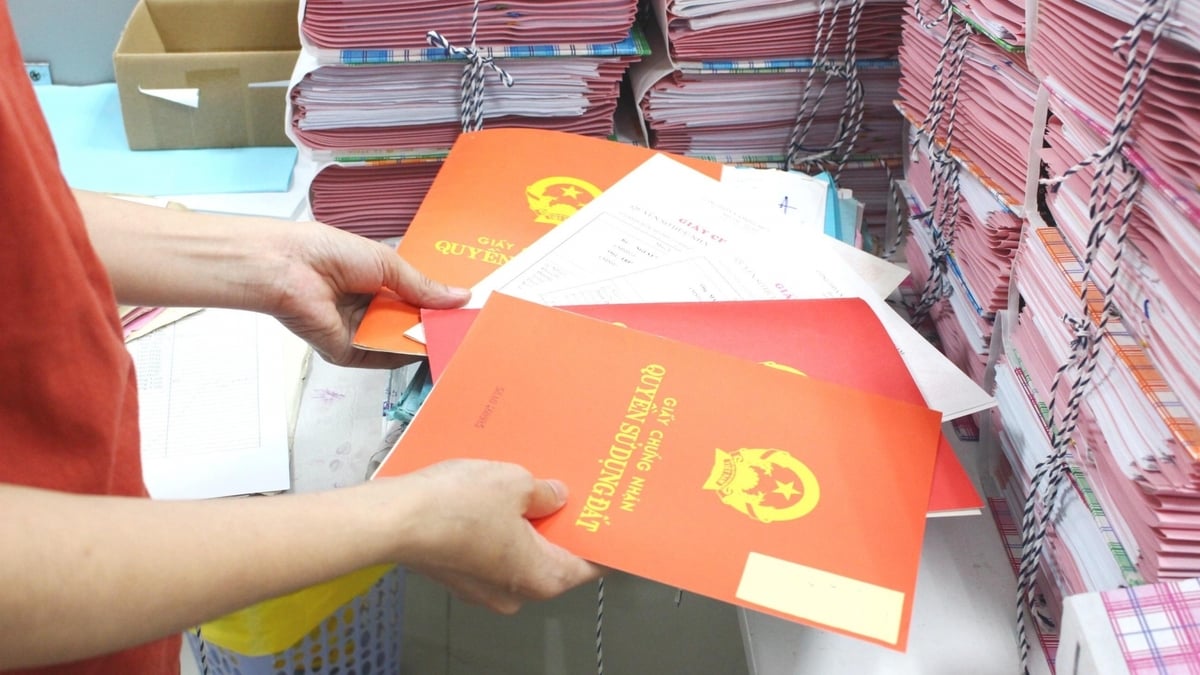

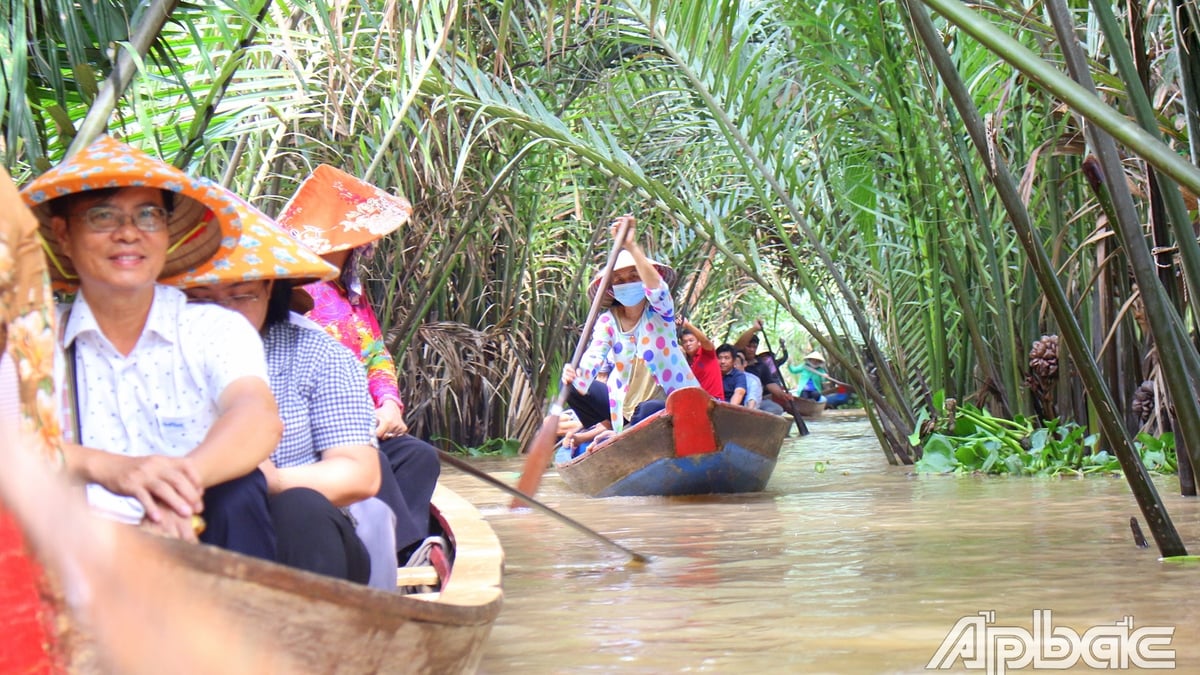
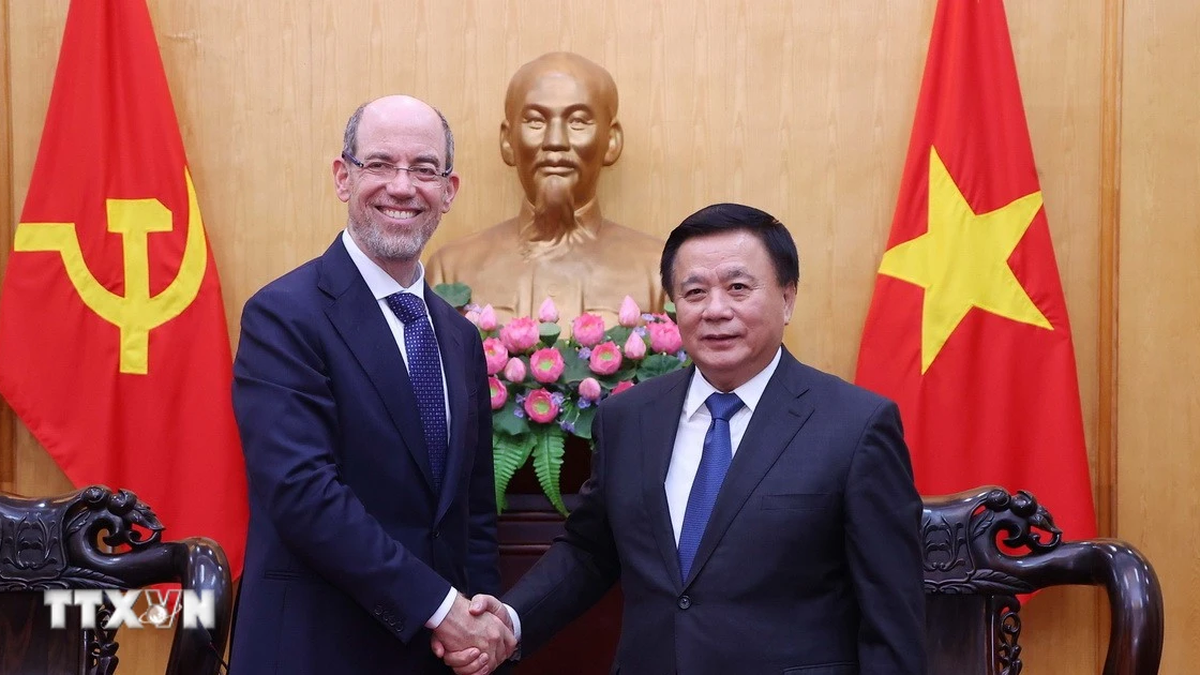
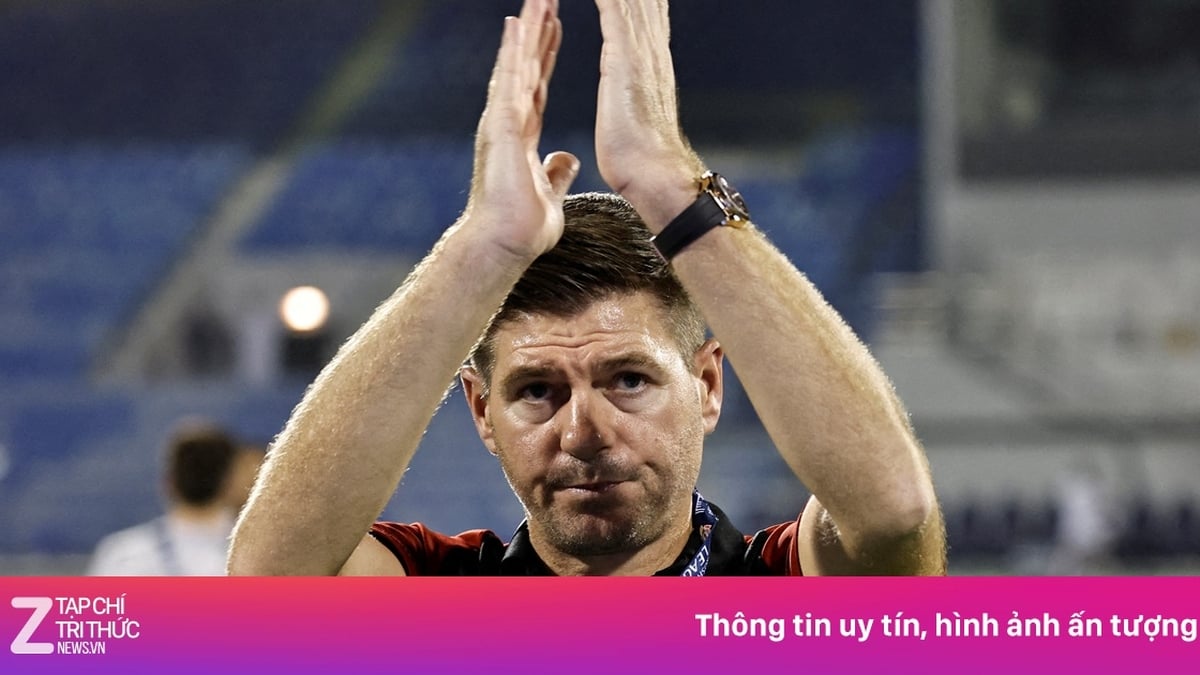
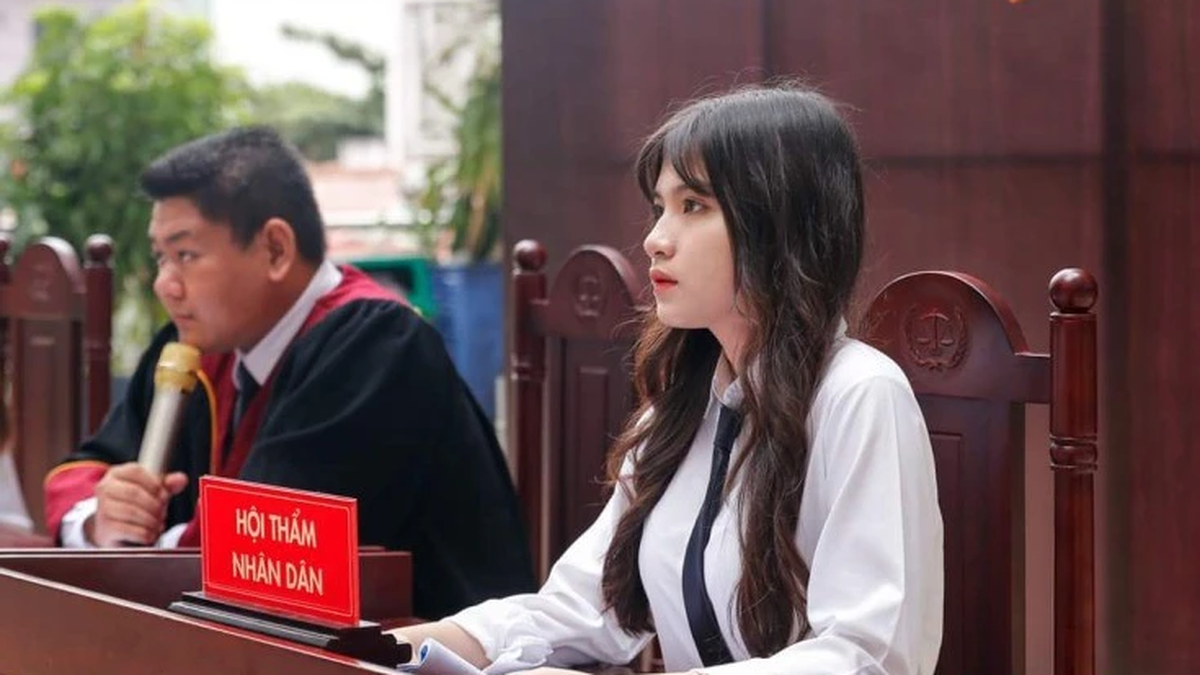
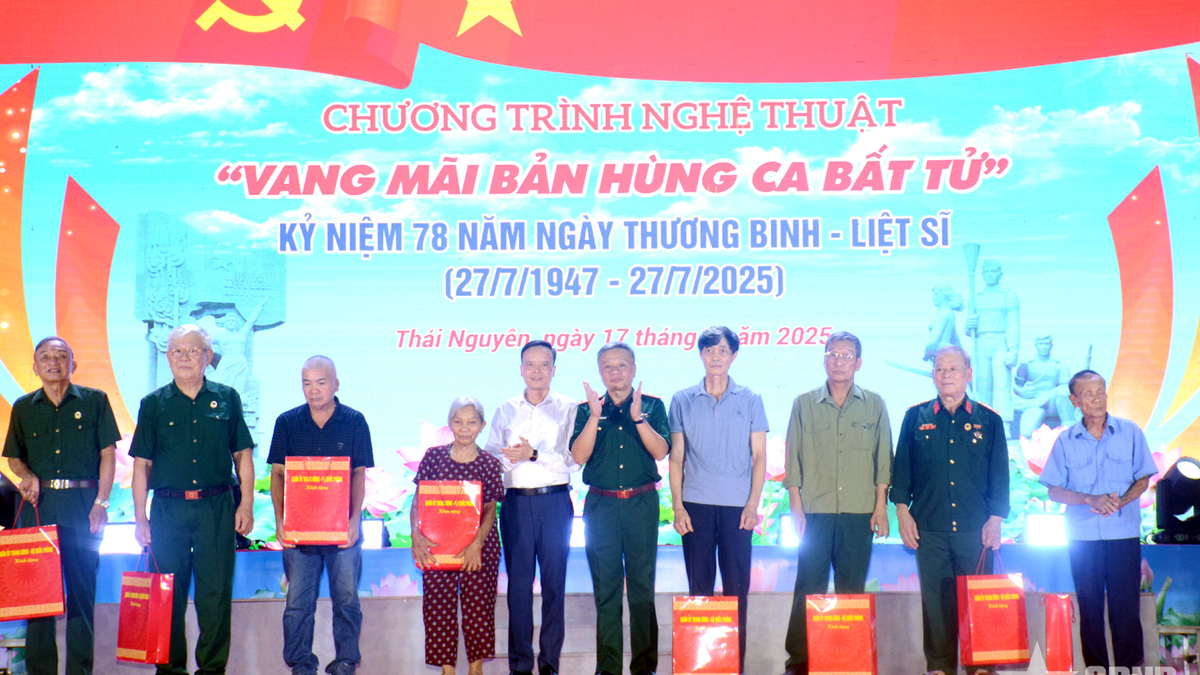
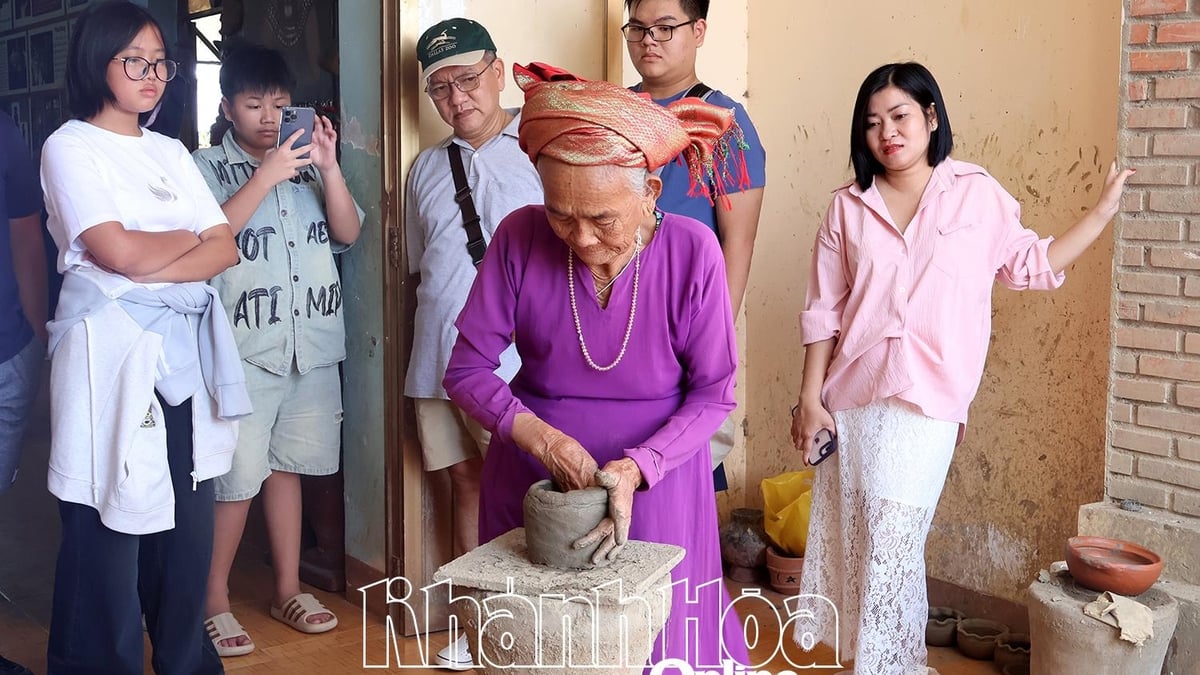
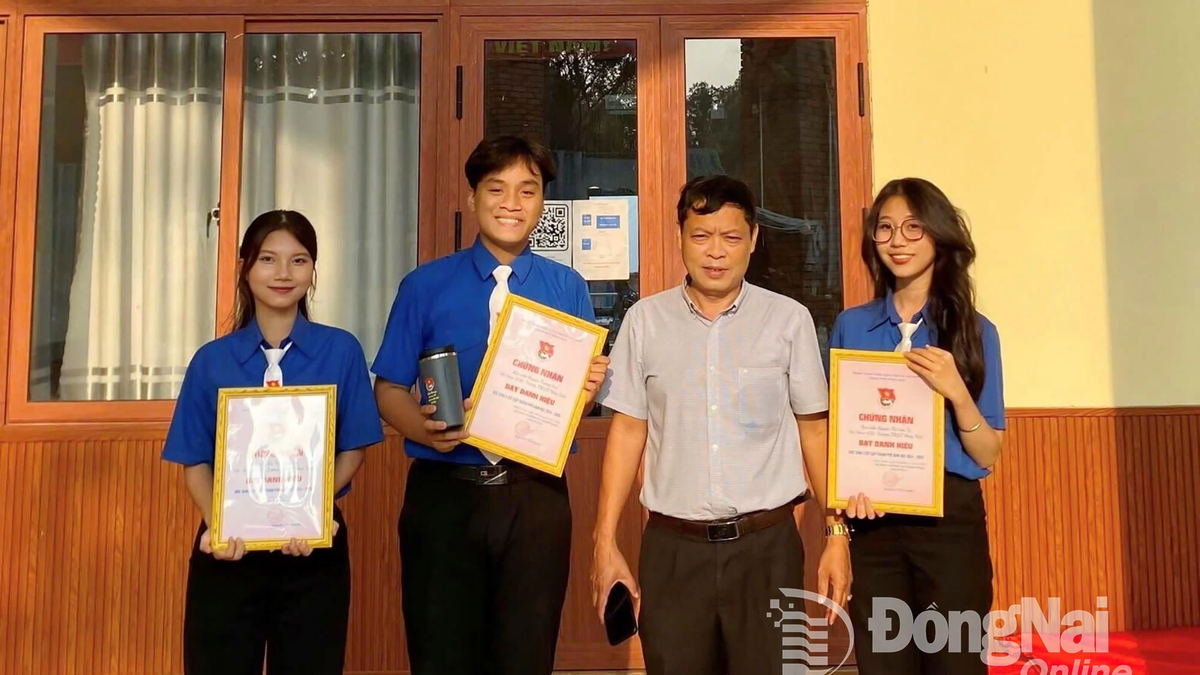
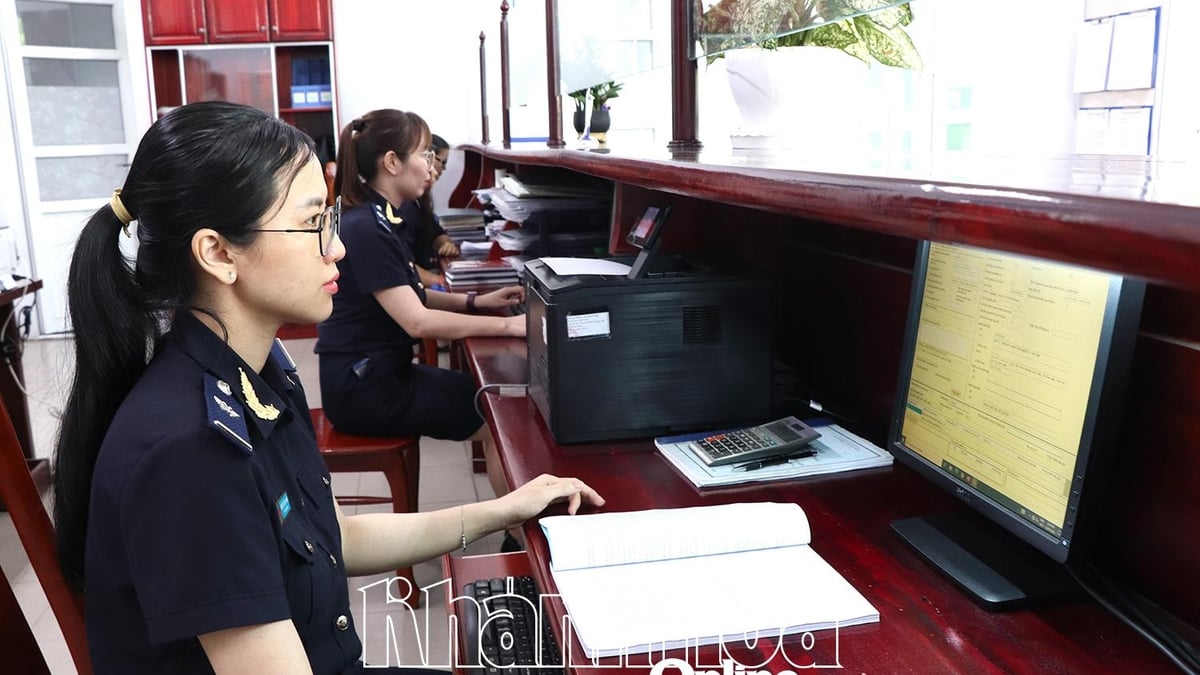
























































































Comment (0)